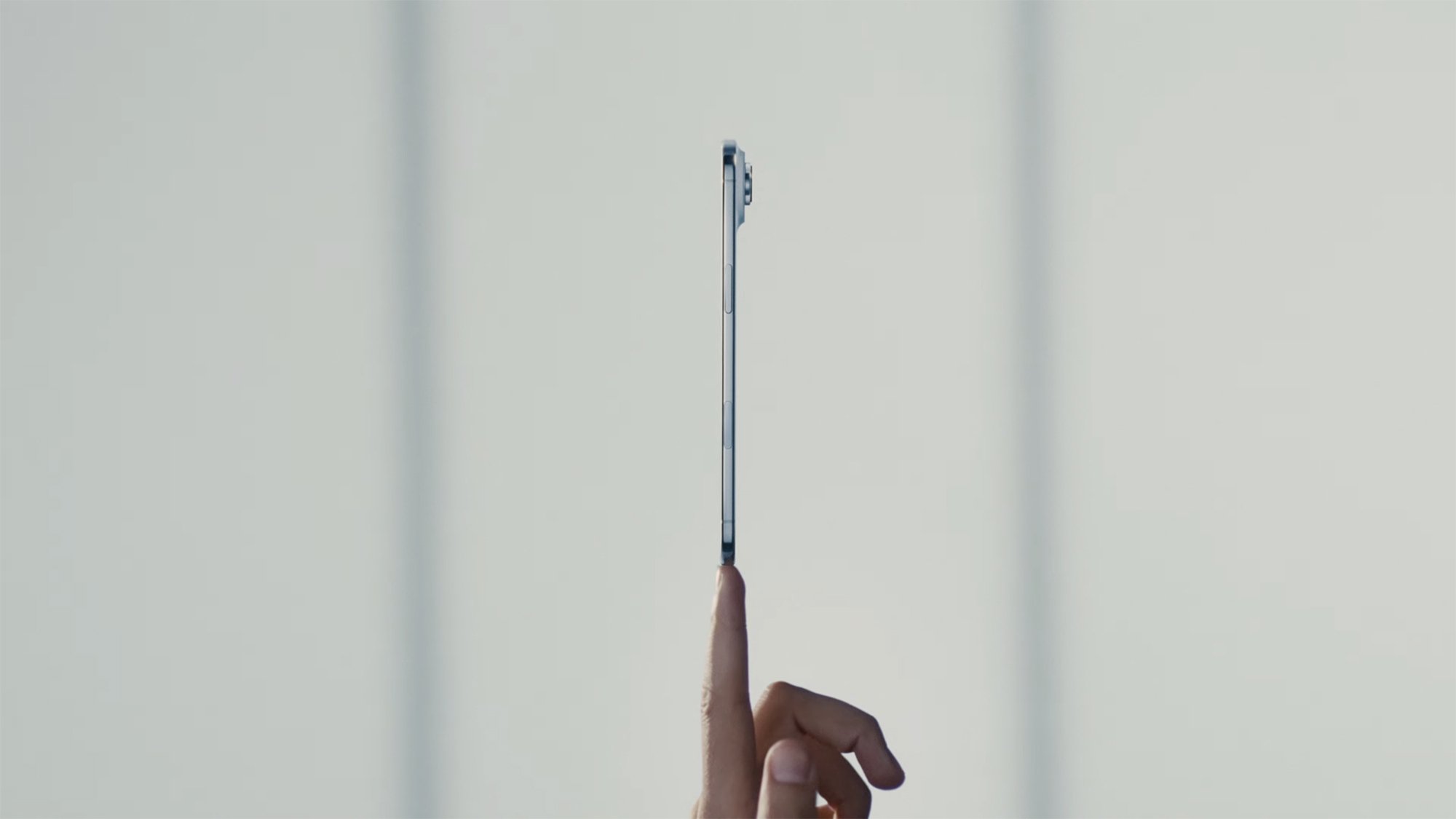Apple’s big September 2025 launch event is over and done with, and the iPhone 17 and iPhone Air (without the “17” modifier) are official, alongside the iPhone 17 Pro and iPhone 17 Pro Max.
Here are all the details you need to know on the first two of those handsets, which are likely to be the most popular options—particularly the Air, which is new for 2025, replaces the iPhone 16 Plus in the lineup, and looks like the most interesting device Apple has released in quite some time.
Thin is in
Smartphone thinness has become particularly relevant in 2025—see the Samsung Galaxy S25 Edge, amongst others—and the iPhone Air continues the trend, measuring in at just 5.6 mm (0.22 inches), beating the 5.8 mm (0.23 inches) of that Samsung device. In Apple’s hype-tastic announcement, it was described as “a piece of the future.”
The iPhone Air packs in the same A19 Pro chipset as the iPhone 17 Pro and Pro Max, and is apparently Apple’s most power-efficient and durable iPhone ever—it has Ceramic Shield protection on both the front and the back, with the latest Ceramic Shield 2 keeping the main panel scratch- and crack-free. It’s also made from 80 percent recycled titanium.
Credit: Apple
Credit: Apple
In terms of design, there’s the divisive camera bar (or “plateau” in Apple-speak) on the back, while on the front there’s a 6.5-inch display, supporting ProMotion variable refresh rates up to 120Hz. You’ve got a choice of four different colors: space black, cloud white, light gold, and sky blue.
iPhone Air downsides: Camera, battery life
So the Air is super-thin, and as powerful as the Pro models—what’s the catch? Firstly, there’s only one 48MP rear camera, though Apple suggests it’s actually four cameras in one: You can take 12MP pictures with up to 2x telephoto zoom, for example. On the front, there’s an 18MP selfie camera with support for Center Stage, as seen on the iPad—the camera will try and keep your face in shot, and even switch from portrait to landscape mode automatically, depending on how many people are in shot.
The other catch is battery life. Apple crammed most of the components into the top of the chassis to make room for a bigger battery, and cut out the physical SIM card slot—this will be eSIM only device everywhere in the world. Even so, Apple is only quoting “all-day battery” for the Air, and selling a portable battery pack for it that will bring video playback battery life up to 40 hours. Without the pack, it’s 27 hours—three hours fewer than the iPhone 17.
Despite the limitations, the look and style of the Air, together with it being a brand new model, are likely to make it appealing to many. The iPhone Plus had a 3-year run, starting in 2022 with the iPhone 14, and before that you might remember the iPhone 12 mini and iPhone 13 mini, and Apple will be hoping the Air sells better than all of those models.
Credit: Apple
Credit: Apple
The iPhone 17 is an appealing also-ran
Let’s not forget the humble iPhone 17. Although in recent years the standard iPhone has often been overshadowed by the more expensive and feature-packed models, this year’s entry-level flagship comes with a 6.3-inch screen (up from the 6.1-inch display on the iPhone 16), and it gets ProMotion up to 120Hz for the first time—so that means smoother scrolling and animations, and an always-on display. The new Ceramic Shield 2 protection is on the front, but not on the back, as it is with the Air.
There’s a processor upgrade from the iPhone 16, but only to the standard non-Pro A19—which Apple simply says is more powerful and more efficient than the A18. There’s a dual-lens 48MP+48MP camera setup on the back, offering an ultrawide mode and up to 2x telephoto zoom, plus the same 18MP selfie camera with Center Stage as the Air. Your color choices for the standard iPhone 17 are black, lavender, mist blue, sage, and white.
Both these phones can be pre-ordered from Friday, Sept. 12, and will go on sale on Friday, Sept. 19. Pricing starts at $799 for the iPhone 17 (the same as the iPhone 16), even though it has double the starting storage of its predecessor—256GB vs 128GB. The cheapest iPhone Air is $999, also with 256GB of storage.
